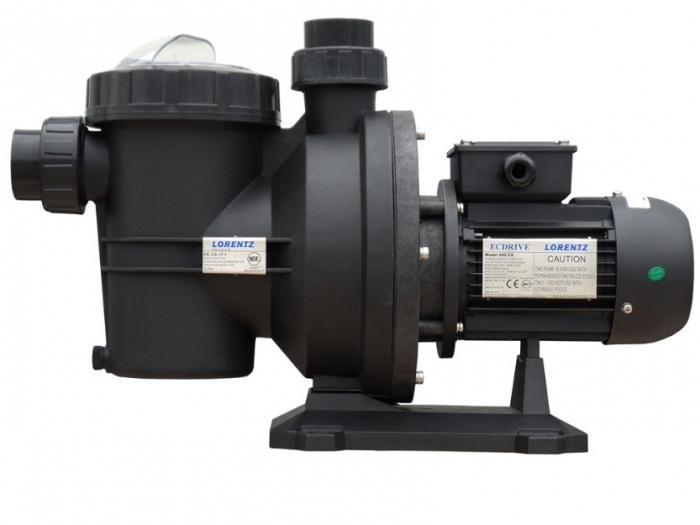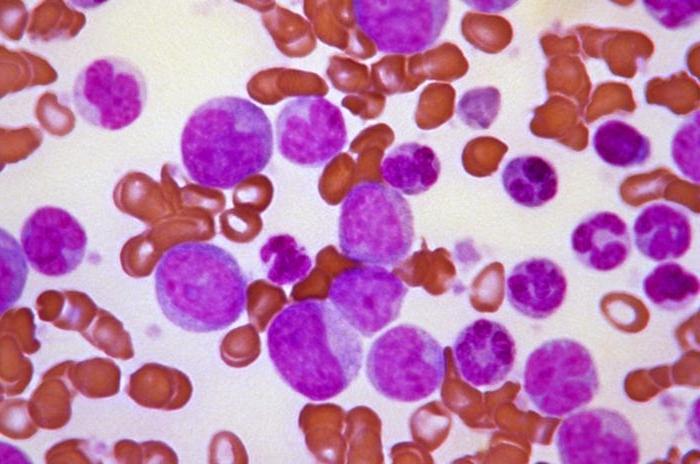Automation for pumps: scope and principle of operation
The pump is a special mechanism for creating andliquid flow control in pipelines for various purposes. In order for the pump to work, it must be connected to the appropriate drive. Drives are divided into manual, mechanical, electrical. The mechanism connected to the electric motor is an electric pump (the most common in both production and household).

Basic requirements for the pump
The mode of operation of the pump must ensure allRequirements for the network in which it is included. Most often this function is "on-off" (when filling or pumping out liquid in containers), maintaining the necessary pressure while increasing or decreasing consumption volumes, uninterrupted operation in the circulation mode, emergency shutdown, connection of a backup pump. Fulfillment of these requirements is a guarantee of cost-effective operation, prolongation of equipment service life.
What does the automation system consist of?

To manage the operating modes, aautomatic for pumps, which eliminates human interference in the operating mode. Usually the control scheme provides for the transition to "manual mode" in the event of emergency situations (for example, the failure of any sensor that is part of the automation). As a rule, automation for pumps includes the following elements:
1. The pressure switch is an aneroid-membrane device that, when a certain pressure is reached, closes or opens the electrical control circuits.
2. Electrocontact manometers (EKM) with moving and stationary groups of el. contacts.
3. Float system (it is installed in the filled containers) with electric. contacts.
4. Pressure sensors with tanzometricheskimi bridges, changing the resistance for the passage of current when the pressure in the system changes.
5. Mechanical or electronic meters of the volume of consumed liquid, which give a signal in the control circuit when the set volume is reached.
6. Current frequency converters, supplying electrical. pump motor.
Elements 1, 2, 4, 5 are directly installed (cut) into the pipeline. Automation for pumps also includes:
- electromagnetic starters;
- el. switching schemes for backup pumps;
- Switching equipment for switching to "AUT" or "MANUAL" mode;
- light fixtures that signal normal operation, emergency shutdown, switch to standby, etc .;
- protection equipment. motor pumps, control circuits.
The above equipment is installed in the pump control cabinets in accordance with the requirements of the Electrical Safety Standards (Rules for the installation of electrical installations).
Principle of operation

How does automation work for pumps? The most common mode is on-off pumps. For example: the tank (capacity) is filled with liquid to the desired level, with the float system closing (opening) the circuit of the electromagnetic starter coil, which turns the pump off (turns off). The same happens when the float is lowered to a certain level. By the same principle, the automation operates from a pressure switch, electrical. contact pressure gauges, volume meters of consumed liquid. To maintain the required pressure, the method of changing the rotational speed of the electric motor is used. pump motor. This mode provides a frequency converter that feeds electricity. pump. The inverter frequency varies depending on the level of the signal from the pressure sensor. The continuity of the circulation of the liquid in the closed loop (this is mainly the heating system) is provided by the presence of a backup pump, which is activated by the emergency switching circuit in the event of a failure of the main pump.








